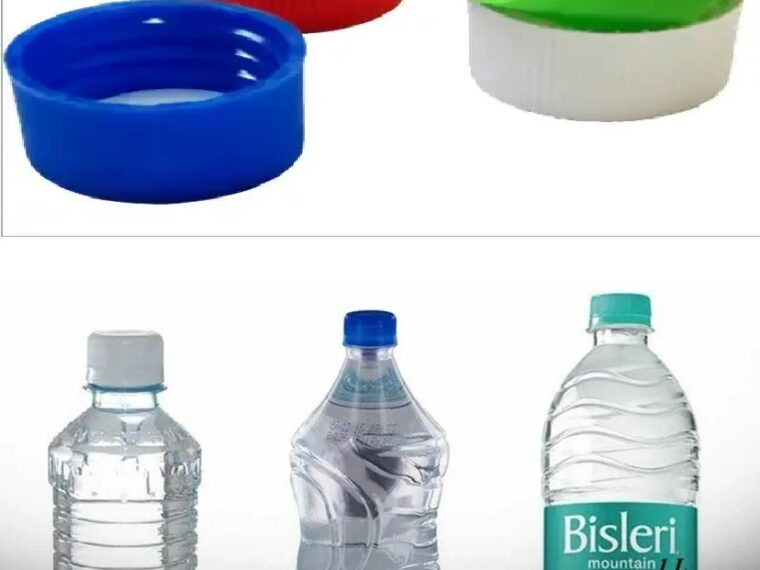When you grab a bottle of water, you might not give much thought to the color of its cap. However, these seemingly simple colors carry important information and meanings, particularly in the context of bottled water and recycling. Understanding these colors can enhance your awareness of the products you consume and the environmental implications of your choices. In this article, we will delve deeper into the significance of water bottle cap colors and their broader impact on health, branding, and sustainability.
The Significance of Cap Colors
1. Green Caps
Green caps are often associated with spring water or flavored waters. Many brands use green to signify that their product comes from natural sources, highlighting a connection to the earth and purity. This color choice appeals to health-conscious consumers who are increasingly seeking natural options. In some cases, green caps may also indicate that the bottle is made from recycled materials, reinforcing a brand’s commitment to sustainability. The psychological association of green with nature, growth, and health makes it a popular choice for brands that prioritize environmental responsibility.
2. Blue Caps
Blue caps are commonly found on bottles of purified or filtered water. The color blue is often associated with freshness, cleanliness, and tranquility, making it a fitting choice for bottled water products. Brands may use blue caps to convey a sense of reliability and safety. For consumers, blue caps can evoke feelings of calmness and clarity, which are essential attributes for hydration products. Additionally, blue is often linked to water itself, further reinforcing the product’s identity as a source of refreshment.
3. White Caps
White caps are typically used for bottled waters that are either spring water or mineral water. The simplicity of the white color suggests purity, cleanliness, and simplicity. It’s a neutral choice that can appeal to a broad audience. White caps also symbolize transparency, which can enhance consumer trust in the product’s quality. Brands using white caps often emphasize the natural qualities of their water, making them a popular choice for those seeking straightforward hydration options without additives.
4. Red Caps
Red caps may signify energy drinks or flavored waters. The vibrant color is often used to convey excitement and high energy, appealing to active individuals or those seeking a quick boost. Red is a color that naturally draws attention, and its use in packaging can create a sense of urgency or desire. In some instances, red caps might also indicate a product with added electrolytes or vitamins, making it a popular choice among athletes and fitness enthusiasts looking for functional beverages.
5. Yellow Caps
Yellow caps can indicate flavored or vitamin-enhanced waters. This cheerful color is often associated with happiness, positivity, and energy. Yellow cap bottles may promise added benefits beyond hydration, such as antioxidants or essential vitamins, appealing to health-conscious consumers. The bright and sunny appearance of yellow caps can create a sense of optimism, encouraging consumers to choose products that contribute to their overall well-being.
6. Black Caps
Black caps are frequently seen on premium or specialty bottled waters. They may convey a sense of luxury and sophistication, appealing to consumers looking for something unique or higher-end. The use of black can suggest exclusivity, often found in brands that focus on artisanal or small-batch products. In a crowded market, a black cap can set a product apart, attracting discerning customers who value quality and craftsmanship.
Environmental Implications
continue reading in page 2




